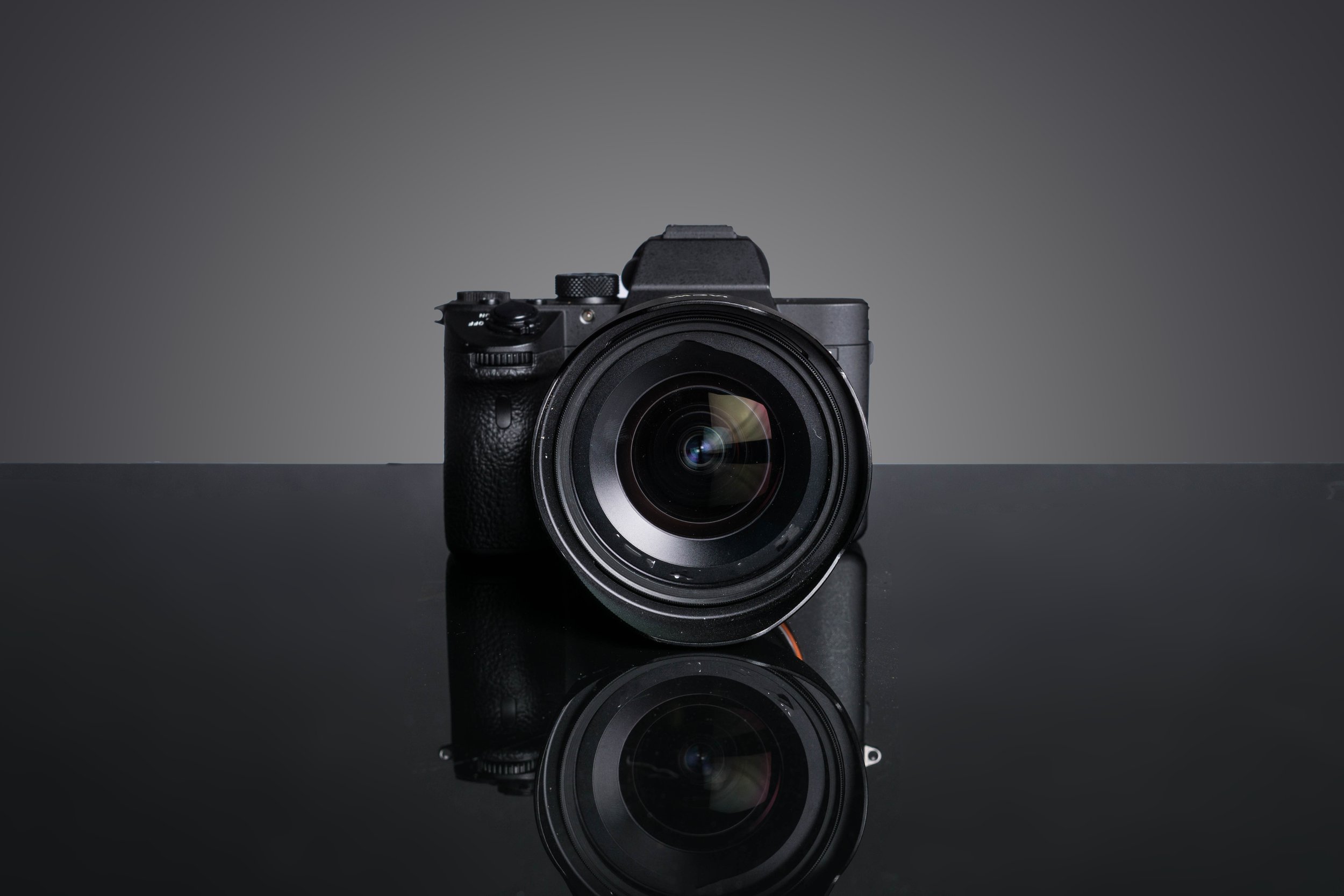The Top 4 Mirrorless Cameras for Sports Photography and Videography in 2023
Stock Photo
Sports photography is, potentially, one of the more intimate looks into the evolution of camera technology. As technology has evolved, so have the ones behind the lens. Photographers strive to stay on the cutting edge of new formats, and increasingly, in recent years, that’s meant switching to mirrorless cameras.
The switch for me was easy. My Nikon D700 was ready for an easy retirement after living through a gauntlet of multiple seasons of West Virginia football in the rain, snow, blistering heat and bitter cold, as well as a few runs around the country in various venues for college basketball.
The switch for you may not be easy, however. For someone who dove into the deep end two years ago, I’d never go back.
Mirrorless cameras are leagues beyond DSLRs, just as DSLRs outpaced their film predecessors. The future is backed by fast-performing, high-quality image sensors and advanced autofocus systems. For the sake of this article, we'll take a closer look at four of the most popular mirrorless sports cameras available today.
Sony Alpha A7R V
The Sony Alpha A7R V is a spectacular camera for both sports photography and videography, but comes with a hefty price tag. Still, despite retailing at roughly $4,000, the A7R V comes with some of the best internals on the market, and will prove to be a solid investment for a professional or intermediate sports content creator.
The A7R V provides users with a 61 megapixel full-frame CMOS sensor, lightning fast processor, real-time autofocus tracking and the ability to shoot up to 8K footage at 24 frames per second.
The A7R V also comes with Sony’s spectacular 5-axis stabilizer and, for photographers, the mechanical shutter clocks in at 10 frames per second for continuous shooting. Further, as noted, while videographers can rely on the A7R V capturing 8K footage at 24 fps, it can also capture 4K footage up to 60 fps on top of the standard HD specifications.
As far as it’s low-light capabilities, the A7R V has an ISO range up to 32,000 while still maintaining solid image quality. Finally, the model comes with Sony’s premier OLED viewfinder, providing users with a nearly 9.5 million dot resolution.
Canon R5
The Canon R5, while coming in at a higher price tag than most, is a great platform for multimedia content creators. Hosting a 45 MP full-frame sensor and up to 20 fps continuous shooting, the R5 can help you produce high-quality sports photos and videos in a small package.
The R5 also has a base ISO range of up to 51,200, providing more than enough reach for all types of sporting events. One of the standout features of the R5 is its autofocus system, which uses 1,053 phase-detection autofocus points that cover the entire frame. No question, this is one of the best bodies on the market for quick and accurate tracking of moving subjects.
Concerning its video capabilities, the R5 can record 8K at 30 fps and 4K at 120 fps.
Fujifilm X-T4
Third is the Fujifilm X-T4. A versatile sports camera, it features a 26 MP full-frame sensor and can provide excellent image quality in various lighting situations with its expandable ISO range.
The X-T4 has solid autofocus functionality, with 425 phase-detection AF points that cover the entire frame and a range of 15-20 fps continuous shooting, you’ll be able to easily track subjects and capture action.
The X-T4 can capture video up to 4K at 60 fps, a standard for mirrorless cameras.
Nikon Z7 II
The final camera on the list is the Nikon Z7 II. The Z7 II hosts a 46 MP full-frame sensor and provides an ISO range of up to 25,600. This is lower or on par with some other mirrorless bodies, but still is a good range for virtually all situations you’ll find yourself in.
The Z7 II is also similar to the Fuji X-T4’s autofocus system with 493 AF points that cover 90 percent of the frame. It finds itself outpaced by other cameras by continuous shooting standards, however, shooting only 10 fps. While on the slower side, 10 fps is enough to capture solid action with proper lighting.
Concerning video, the Z7 II’s capabilities are average, as the camera can shoot up to 4K at 60 fps.
Final thoughts
Keep in mind, just because a camera is high-end doesn't mean it's the best option for you. There should be many factors to take into account when purchasing a camera you'll, likely, be using for the next few years.
Most of these decisions come down to functionality and budget restrictions, but the camera also has to fit your style correctly. For someone who shoots only sports photos, 24 megapixels may be fine if the trade-off is higher frames per second. For others, you may want the higher quality and be OK trading that for a lower fps rate.
Overall, there are many ways a camera needs to fit our quirks and needs. Make sure you take that into account before you buy.

